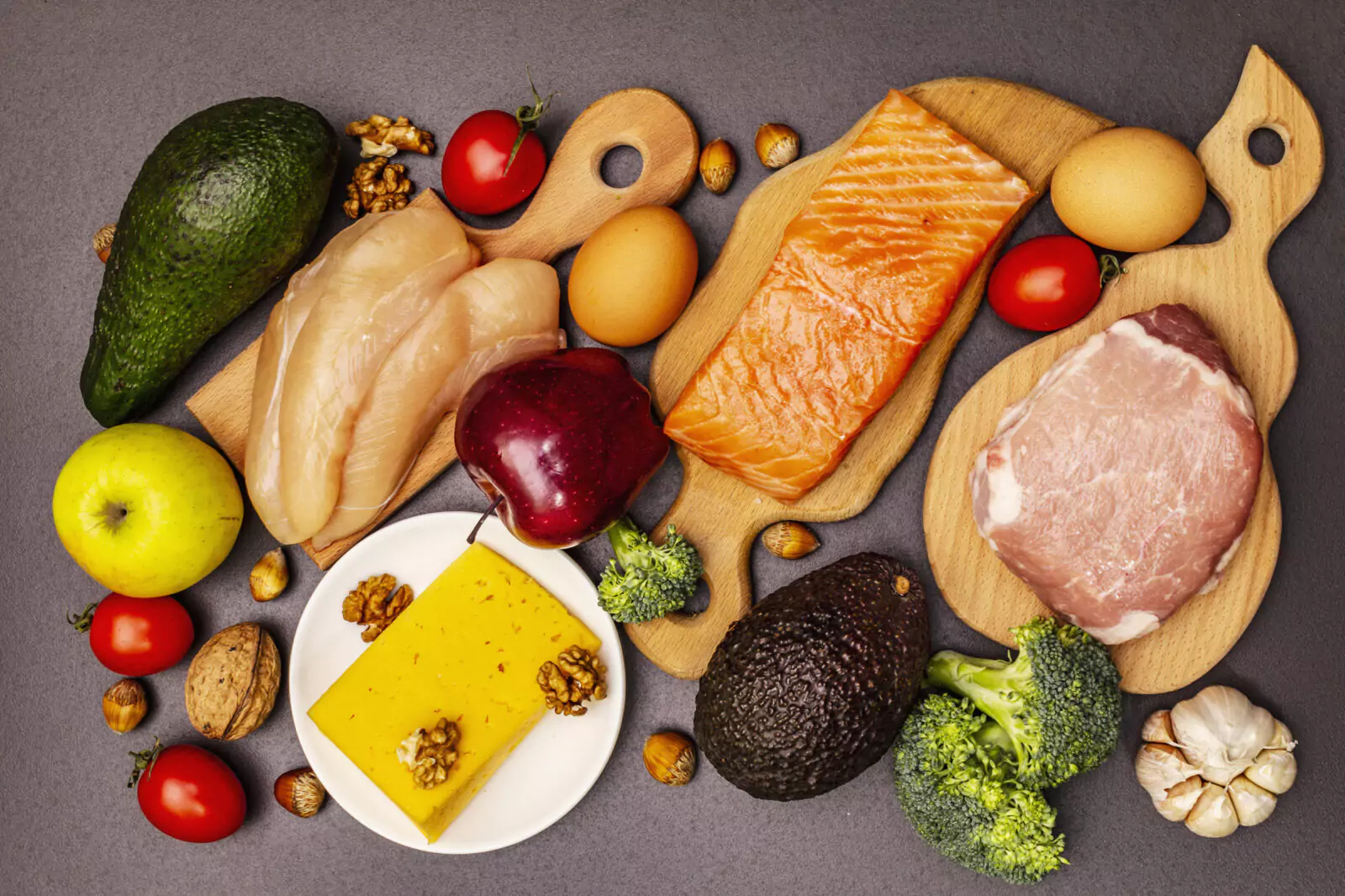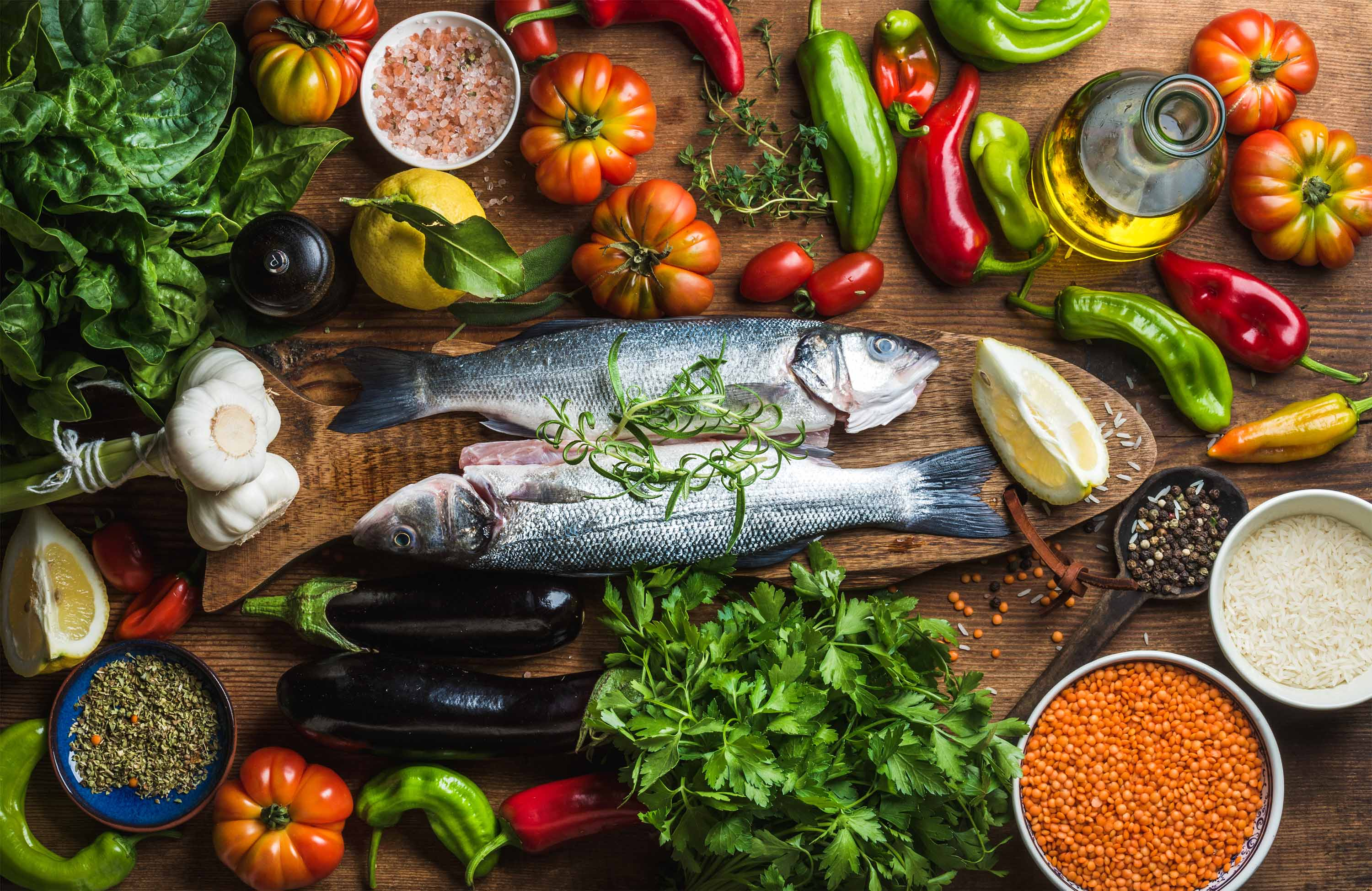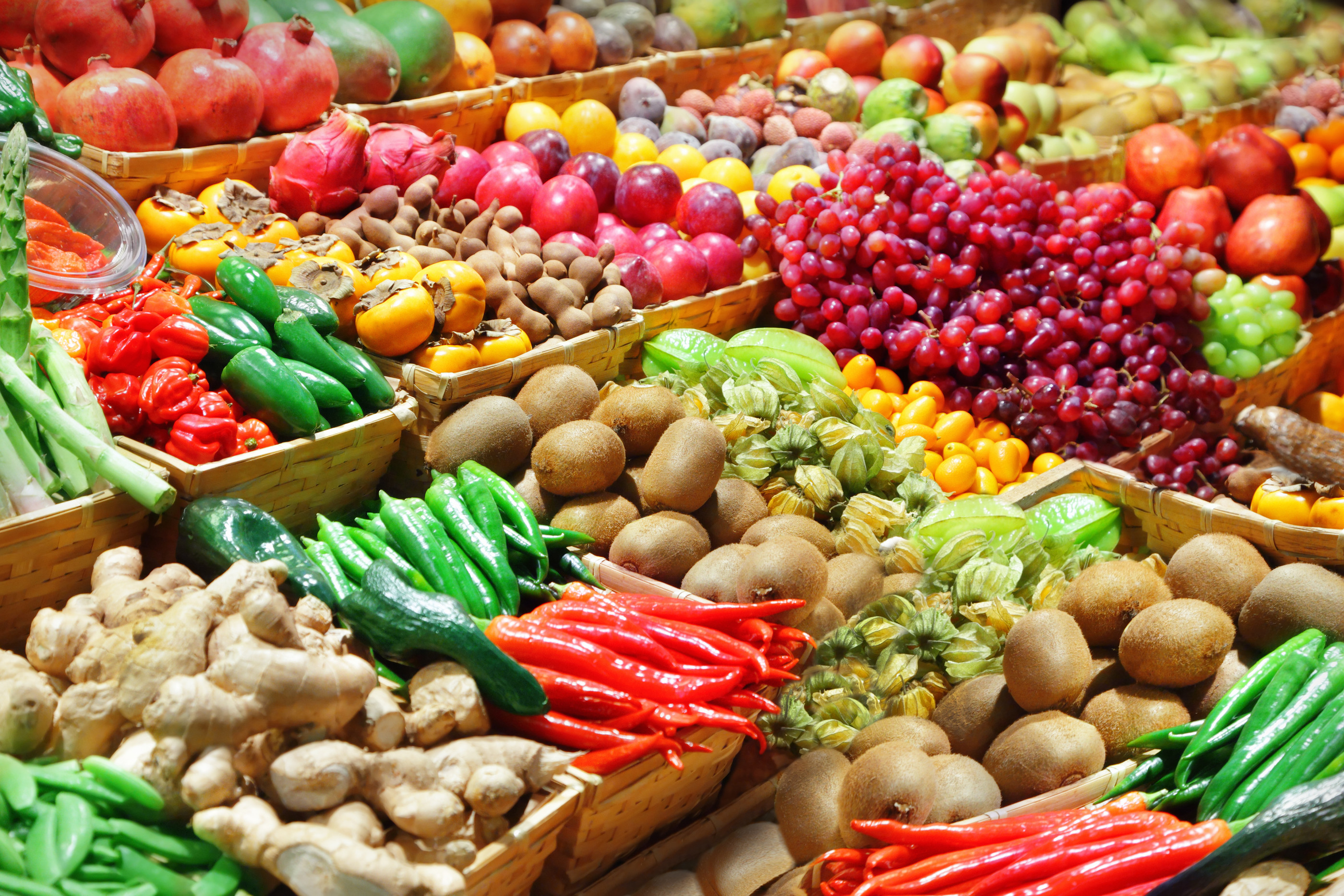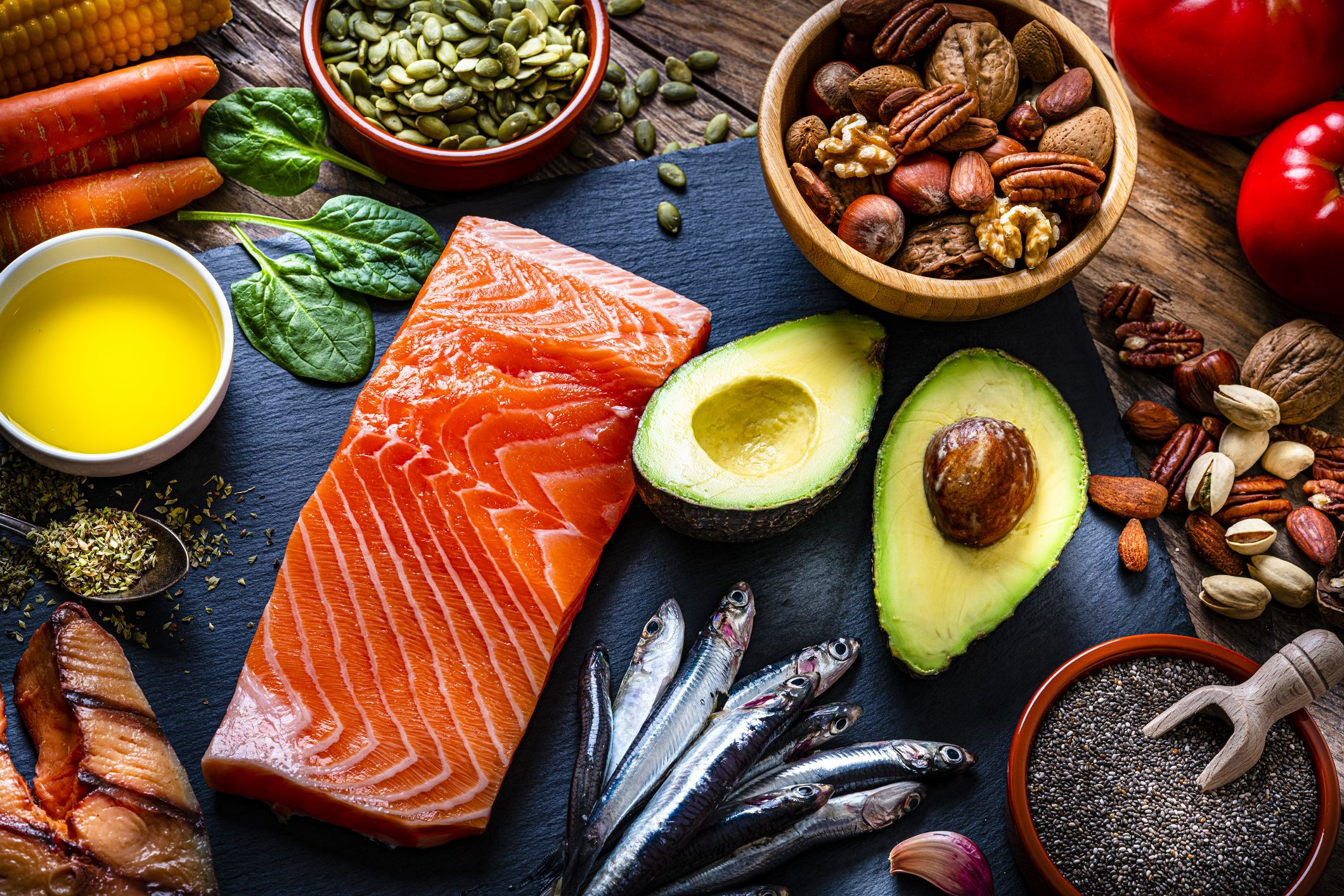
Mastering Portion Control: A Key to Sustainable Weight Management
Learn how to create healthy, satisfying meals while maintaining the right portion sizes for your age...


Explore the benefits of a balanced diet and learn practical tips to improve your overall well-being as a young person in Canada.
Hey there! I'm gonna be real with you - being a teenager in Canada right now is pretty tough when it comes to eating healthy. Between school stress, part-time jobs, and trying to have a social life, it's easy to just grab whatever's quick and cheap. But here's the thing I've learned after struggling with my own eating habits for years: what you eat literally changes how you feel, think, and perform every single day.
I used to think healthy eating was just about looking good or avoiding getting sick when I'm old. But after doing some research and actually trying to improve my diet, I realized it affects everything - my energy levels during hockey practice, how well I can focus on exams, even my mood when dealing with family drama. The science behind nutrition is actually pretty fascinating when you dig into it.
According to Statistics Canada, about 62% of Canadian teens don't eat enough fruits and vegetables daily. That's like 6 out of 10 of us! And with our healthcare system already under pressure, learning how to fuel our bodies properly now could save us a lot of problems later. Plus, when you're dealing with Canadian winters that seem to last forever, having the right nutrients in your system can make a huge difference in how you handle the cold and darkness.
This guide isn't about telling you to give up everything you enjoy or spend tons of money on fancy superfoods. It's about understanding how nutrition actually works and finding realistic ways to improve your eating habits while dealing with real teenage life in Canada. Whether you're in Grade 10 or finishing high school, these insights can help you perform better in everything you do.
Okay, so here's something most people don't realize - teenagers need way more nutrients than adults think we do. Our bodies are literally still building themselves, which means we need more protein, calcium, iron, and calories than our parents or teachers. The problem is, most of us are getting those calories from processed foods that don't have the nutrients our bodies actually need to grow properly.
Think about it this way - if you're building a house, you wouldn't use cardboard instead of wood just because it's cheaper and easier to find. But that's basically what we're doing when we eat mostly fast food, energy drinks, and snacks. Our brains are still developing until we're about 25, and they need specific fats and nutrients to build properly. When we don't get those nutrients, we might feel tired, have trouble concentrating, or even feel depressed more often.
The crazy thing is that when you start eating better, you notice the difference pretty quickly. I remember when I started adding more protein and vegetables to my meals, I had way more energy for basketball practice and didn't crash as hard in the afternoon. My friends started asking what I was doing differently because I seemed more alert in class and wasn't as grumpy all the time.
Health Canada updated their food guide a few years ago, and honestly, it's way more practical than the old one with the weird rainbow and confusing portions. The new approach is pretty simple: fill half your plate with vegetables and fruits, one quarter with whole grains, and one quarter with protein. But let me break down what this actually looks like when you're grabbing lunch at school or making something quick at home.
The vegetables and fruits part is probably the hardest for most of us. I used to think this meant I had to eat salad all the time, but there are actually tons of ways to get these nutrients. Frozen fruits are just as nutritious as fresh ones and way cheaper. You can throw frozen berries into oatmeal, smoothies, or even just eat them as a snack. For vegetables, things like baby carrots, cherry tomatoes, or snap peas are easy to grab and don't need any preparation.
When most people hear "whole grains," they think of cardboard-tasting bread or weird hippie cereals. But there are actually some pretty decent options that taste good and give you way more energy than white bread or sugary cereals. Brown rice takes the same amount of time to cook as white rice but has way more fiber and B vitamins. Oats are super cheap and you can make them taste like anything - add some peanut butter and banana, or even cocoa powder if you want something that tastes like chocolate.
Quinoa is another good one that's getting easier to find in Canadian grocery stores. It cooks like rice but has complete protein, which means it has all the amino acids your muscles need to recover from workouts. You can make a big batch on Sunday and use it throughout the week in different ways - add it to salads, mix it with vegetables, or even use it instead of rice in stir-fries.
Let's be honest - protein can be expensive, especially in Canada where meat prices keep going up. But there are ways to get enough protein without spending all your money. Eggs are probably the cheapest complete protein you can find. A dozen eggs costs less than a fast-food meal and can make multiple breakfasts, lunches, or dinners. Hard-boiled eggs are great for snacks or adding to salads.
Canned fish like tuna or salmon is another good option that's usually on sale somewhere. Greek yogurt has way more protein than regular yogurt and you can add fruit or granola to make it taste better. For plant-based proteins, lentils and chickpeas are super cheap, especially if you buy them dried. They take a bit more time to prepare, but you can make huge batches and freeze portions for later.
Living in Canada creates some unique challenges when it comes to healthy eating. First, there's the cost - fresh produce can be really expensive, especially in winter when everything has to be imported. Then there's the fact that we have long, dark winters that can mess with our mood and energy levels. Finally, a lot of us live in smaller communities where the food options are pretty limited.
The winter thing is real - Seasonal Affective Disorder affects about 15% of Canadians, and it's even higher for teenagers. When you're feeling down and it's dark by 4 PM, it's natural to want comfort foods like pizza, chips, or cookies. The problem is that these foods actually make the problem worse by causing blood sugar spikes and crashes that mess with your mood even more.
During Canadian winters, you need to be smarter about getting nutrients that support your mental health and immune system. Vitamin D is huge - most of us are deficient from October to April because we don't get enough sunlight. You can get some from foods like fatty fish, egg yolks, and fortified milk, but a lot of doctors recommend supplements during winter months.
Frozen vegetables become your best friend in winter. They're picked at peak ripeness and frozen immediately, so they often have more nutrients than fresh vegetables that have been shipped from far away. Frozen spinach, broccoli, and mixed vegetables are cheap and you can add them to almost anything - pasta, rice dishes, omelets, or soups.
I know what you're thinking - meal planning sounds like something your mom would do, not something a teenager has time for. But hear me out. I started doing basic meal prep when I was juggling school, work, and hockey, and it actually saved me time and money. You don't need to spend your whole Sunday cooking - even 30 minutes of prep can make your week way easier.
The key is to focus on foods that can be used in multiple ways. Cook a big batch of rice or quinoa that you can use for different meals throughout the week. Wash and cut vegetables when you get home from the grocery store so they're ready to grab. Hard-boil a bunch of eggs at once. These simple steps mean you can throw together a decent meal in 5-10 minutes instead of ordering pizza or eating cereal for dinner.
Once you have some basic ingredients prepped, you can make tons of different combinations. Start with a base (rice, quinoa, pasta, or bread), add a protein (eggs, leftover chicken, canned fish, beans, or cheese), throw in some vegetables (fresh, frozen, or canned), and add a sauce or seasoning to make it taste good. This formula works for breakfast, lunch, or dinner.
For example: rice + scrambled eggs + frozen mixed vegetables + soy sauce = quick fried rice. Or: bread + peanut butter + banana + a drizzle of honey = way more nutritious than Pop-Tarts. The idea is to have options that are almost as fast as processed foods but actually give your body what it needs to function properly.
Food companies spend millions of dollars trying to convince us that their processed foods are healthy. Learning to read labels and spot marketing tricks can save you money and help you make better choices. In Canada, we have some good labeling laws, but you still need to know what to look for.
The ingredient list is way more important than the fancy claims on the front of the package. Ingredients are listed in order by weight, so if sugar (or one of its many names) is in the first few ingredients, you're basically buying candy. Companies use different names for sugar to hide how much is in their products - things like high fructose corn syrup, cane juice, dextrose, or brown rice syrup are all just different types of sugar.
The nutrition facts table is required by law in Canada and gives you the real information about what's in your food. Pay attention to the serving size first - companies sometimes use unrealistically small serving sizes to make the numbers look better. A "serving" of cereal might be 3/4 cup, but most people eat way more than that.
Look for foods that have fiber (at least 3g per serving is good), reasonable amounts of sodium (less than 400mg per serving), and minimal added sugars. The % Daily Value can help you figure out if something is high or low in a nutrient - 5% or less is low, 20% or more is high. This is especially useful for things like sodium, where you want to stay low, or fiber, where you want to go high.
The biggest mistake people make when trying to eat healthier is going too extreme too fast. If you're used to eating fast food and snacks most of the time, trying to switch to a perfect diet overnight is just going to make you miserable and probably fail. Instead, focus on making small changes that you can actually stick with long-term.
Start with one meal or snack that you eat regularly and find a healthier version that you actually like. Maybe switch from sugary cereal to oatmeal with fruit, or pack trail mix instead of chips for school snacks. Once that becomes normal, add another small change. This approach takes longer to see dramatic results, but it's way more likely to become a permanent part of your life.
Remember that healthy eating doesn't mean you can never have pizza or ice cream again. It's about balance and making sure most of your food is giving your body what it needs to grow, think clearly, and have energy for the things you care about. When you do eat less healthy foods, enjoy them without guilt, then get back to your normal healthy patterns.
The truth is, developing good eating habits as a teenager sets you up for life. The patterns you build now will influence how you eat in university, in your first job, and beyond. By learning to fuel your body properly now, you're investing in better grades, better athletic performance, better mood, and better health for decades to come. Plus, when you feel good physically, everything else in life gets a little bit easier to handle.
json
Learn how to create healthy, satisfying meals while maintaining the right portion sizes for your age...

Discover how the right diet can boost your mental focus, memory, and overall academic success as a C...

Explore practical strategies to develop a positive relationship with food and maintain a balanced di...